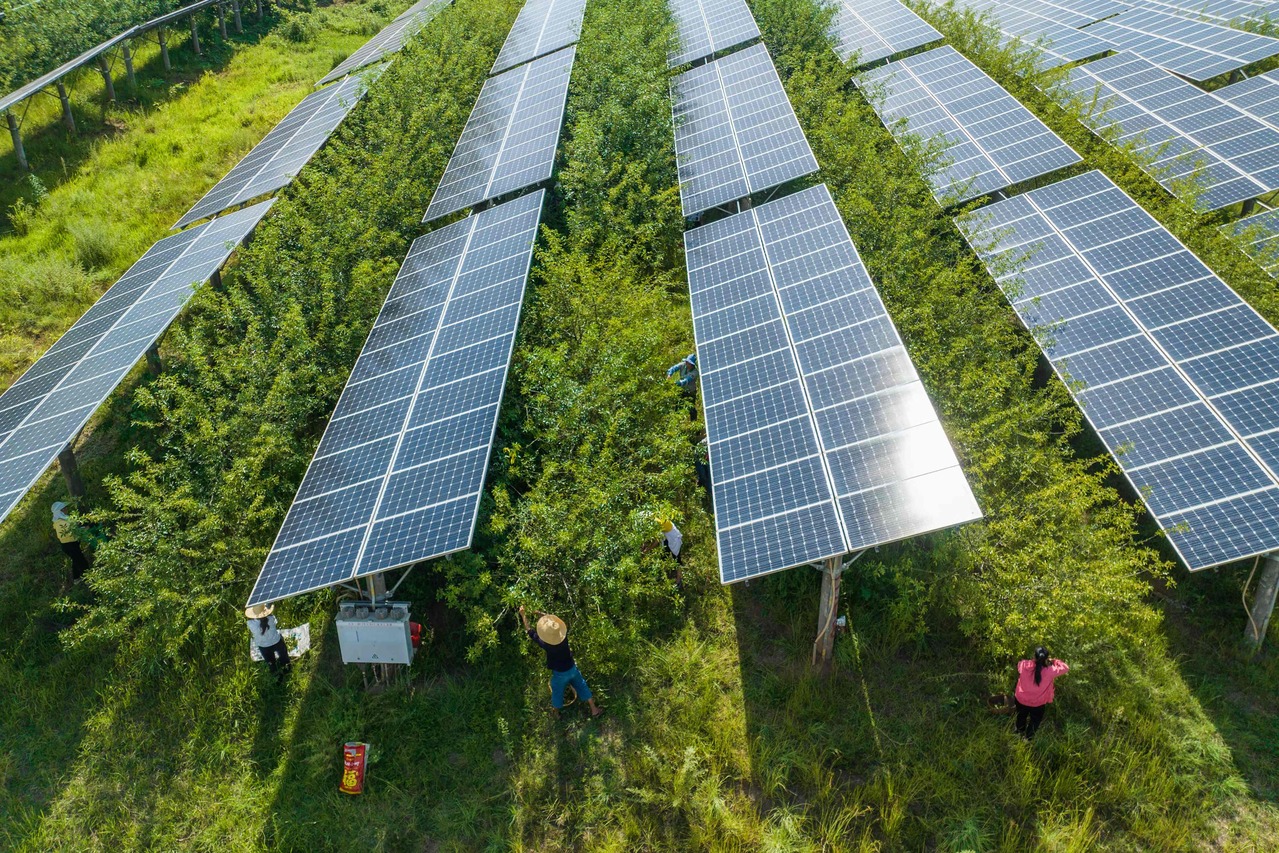Power crunch in Sichuan adds to manufacturers' woes in China
Sign up now: Get insights on Asia's fast-moving developments

Sichuan is one of China's most populous provinces and a key manufacturing hub for electronic vehicle cells and solar panels.
PHOTO: AFP
Follow topic:
CHENGDU (BLOOMBERG) - The Chinese province of Sichuan extended industrial power cuts and activated its highest emergency response on Sunday (Aug 21) to deal with “extremely outstanding” electricity supply deficiencies, adding to manufacturers’ woes in the region as they shut down factories.
Blistering temperatures and scant rainfall since July, along with surging demand for air conditioning, have caused gaps in power supply, the southwestern province said in a statement on Sunday.
Blistering temperatures and scant rainfall since July, along with surging demand for air conditioning, have caused gaps in power supply, the southwestern province said in a statement on Sunday.
Officials extended an order that curtails power supply to some industrial users to Aug 25 from an original end date of Aug 20, Caixin reported, citing multiple people who work at the local power grid and factories.
This is the first time that Sichuan initiated a top-level emergency response after it introduced an energy supply contingency plan in January.
Measures in the plan include starting emergency generators to first meet power demand of households, important users and regions, and maximising output of oil, gas and coal.
Sichuan is one of China's most populous provinces, and a key manufacturing hub for electronic vehicle cells and solar panels.
Companies including Toyota Motor and Contemporary Amperex Technology have already closed plants in the region for several days.
The power shortage adds another challenge to companies already contending with the country's adherence to a Covid zero policy, which includes sudden lockdowns, constant testing and movement curbs. That has weighed on consumer sentiment and wrought havoc on the manufacturing sector.
Jinko Solar, one of the world's largest solar module manufacturers, said two of its plants in Sichuan have been affected by the power shortage and are running at protective levels. The company said it is unclear when the units could resume full capacity and the limit will have a certain impact on the its earnings.
Some office buildings and shopping malls have also adjusted air-conditioning, lighting or escalators to save power despite the heat, according to local media reports.
According to Sichuan's energy contingency plan, a Level 1 emergency response allows it to seek help from the state council to manage the crisis, and increases the frequency of communications between energy suppliers and the provincial government.
Current peak load of electricity demand in Sichuan jumped to 65 million kilowatts, an increase of 25 per cent over the previous year, local authorities and power grid officials said at a press briefing on Saturday.
At the same time, water inflows for hydro-power generation more than halved, and the main reservoirs that secure power consumption of load centres such as the provincial capital of Chengdu have reached dead storage level, below which the reservoirs are unable to generate electricity.
Data from the National Meteorological Centre showed that Chengdu has had no rain for 15 days this month and that the neighbouring city of Chongqing has suffered the same for 18 days.
The cities of Nanjing in the eastern Jiangsu province, and Nanchang in the south-eastern Jiangxi province had no rain at all this month.

